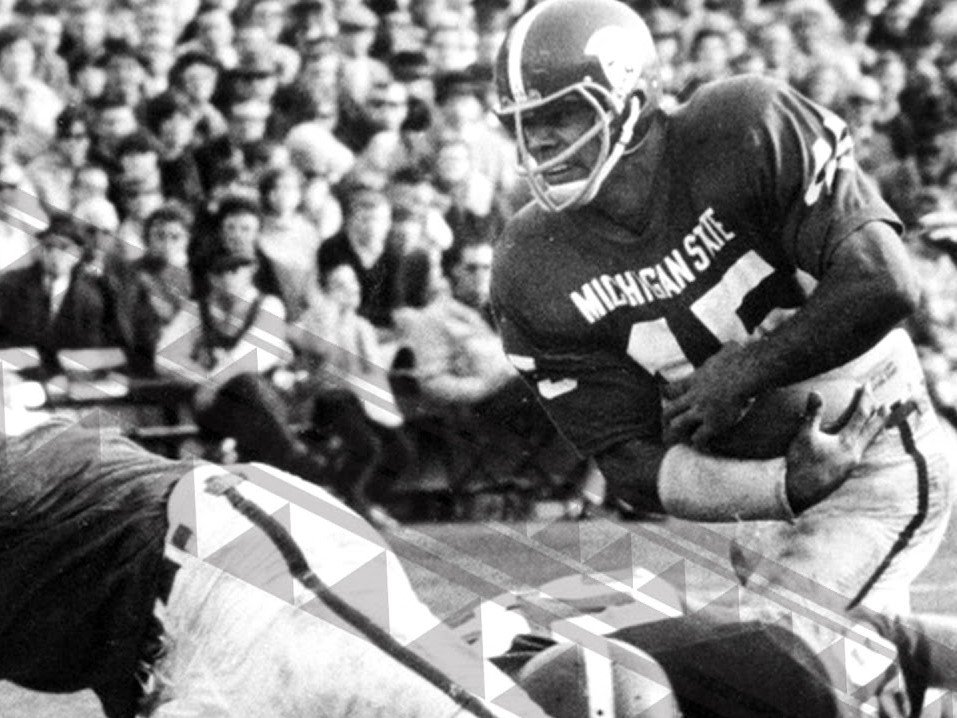A Case For Polynesians In The NFL
Samoans, Hawaiians and Tongans are becoming the new face of American football. Per capita, they are the most over-represented cultures in the sport. Football has become the story they tell about themselves to the world. It’s a story about people who work hard and play harder, conquering whatever stands in their way. But while Polynesians have developed into some of the best athletes in football, the NFL has taken them for granted.
Youth across the nation are turning their back on football, but the game’s allure has never been stronger among the Pacific peoples who occupy a fertile crescent of talent stretching from the Samoan islands through Hawaii and California.
As many as one hundred of them might take to NFL gridirons this season. Their presence will only grow in coming years and bolster already overflowing league coffers.
Samoans growing up in Hawaii and California have played college and pro football for almost a century, with Samoan-born, Hawaiian-bred Alopati Lolotai the first to reach the NFL in 1945. Football arrived later in American Samoa after the government addressed its neglect of the U.S. territory in the late 1960s.
Boys began playing at newly-built high schools; their coaches learned about the game by reading books while their players shared shoes, helmets, and sometimes even mouth guards. By the 1980s, a few had received college scholarships and some went on to play professionally.
As coaching improved, more of them left the islands for the mainland. College coaches are now willing to make the long trek to the South Pacific to recruit the islands’ best players. Others end up in junior colleges before reaching Division I programs.
Their ascent rides on fa’a samoa - the way of Samoa - which inculcates a profound sense of discipline in youth and commitment to the collective - in this case the team.
Samoans play with no fefe - without fear, as if they are going into battle. Their pre-game siva taus are now for ceremonial and psychological purposes, but draw upon a warrior self-image that makes them compete with little sense of self-preservation.
They play in battered helmets no longer meeting safety standards and have not taken the pre-season baseline concussion impact tests routinely administered elsewhere.
As Junior Seau’s tragic death showed, playing with no fefe can be deadly. The linebacker who played 20 seasons for the Chargers, Dolphins, and Patriots between 1990 and 2009, died in 2012 and was inducted into the Pro Football Hall of Fame three years later. An autopsy after his suicide revealed chronic traumatic encephalopathy.
The acclaim Polynesians have won in football should not gloss over problems at the grassroots, especially in American Samoa. Samoans and their communities are bearing the brunt of engagement with the game.
There’s a cost to their devotion—to playing on fields furrowed with pools of water and stubbled with golf ball-sized chunks of volcanic rock. This has become a one-sided love affair and the league needs to stop taking their commitment for granted.
In return for their contributions, the NFL should vastly improve conditions for youth in the territory. Rather than turn kids into commodities, the league could make their lives safer, ease their transition to the States, and improve the diet that’s plagued the territory since American fare arrived after World War II, destroying a traditional lifestyle of fishing and farming.
Safety is likely the most pressing concern in the territory, which is home to 70,000 people and is made up of a few volcanic uplifts that shoot out of the sea. The NFL could build and maintain safe fields and equip teams with decent helmets, uniforms, and weight rooms. It could implement baseline concussion tests and educate boys that they need not be so stoical about pain.
The league should also advance public health. Samoans and Tongans are now among the most obese and diabetic populations on the planet. Many boys who bulk up to play fail to slim down afterwards and end up suffering from gout, the Polynesian bogeyman.
When it comes to safety, health, and the educational and physical well-being of youth and community, the NFL could have a profound impact.
Come on NFL, dip into petty cash and work with people in the territory of American Samoa to build social and civic capital in the tropic of football. You can do it.
Rob Ruck, who teaches and writes about the history of sport at the University of Pittsburgh, is author of TROPIC OF FOOTBALL: The Long and Perilous Journey of Samoans to the NFL. His book is available for sale on our site.
Other articles enjoyed: An Island That Punches Above its Weight, When Rugby Lost Out to Football, The Heisman Trophy As A Non-Predictor










